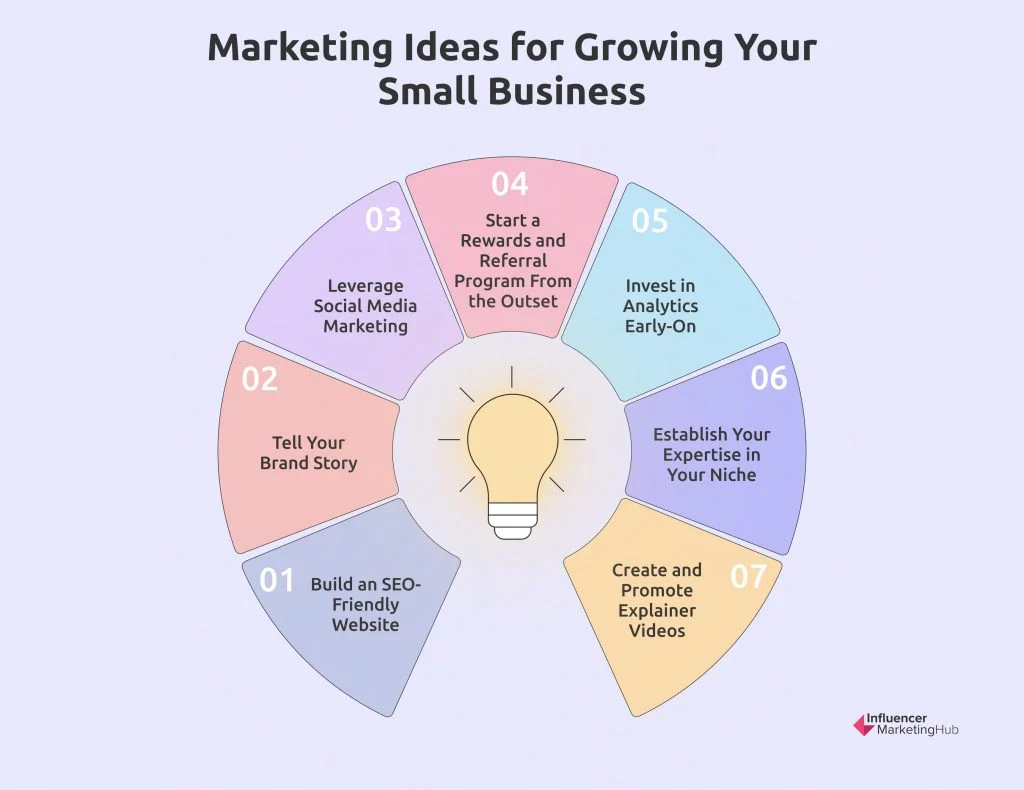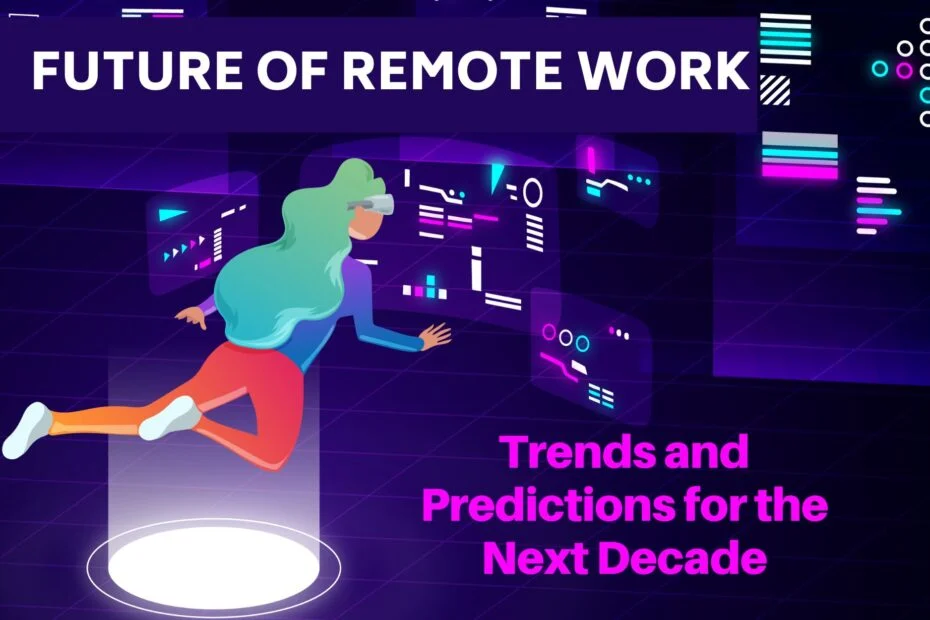Understanding the B2B vs B2C business model is essential for startups because it shapes product development, pricing, and the go-to-market choices. The framework you choose influences pricing approaches, customer relationships, and the speed at which you can scale. This comparison helps teams decide between longer, multi-stakeholder decisions and faster, impulse-driven purchases. Clarifying these dynamics supports smarter investments in onboarding, support, and renewal strategies. In short, your model defines not just pricing or sales cycles but how you demonstrate value and build durable growth.
From an enterprise-facing perspective and a consumer-focused lens, teams will assess B2B pricing strategies, tailoring licenses, usage, and seats to reflect ROI and long-term value. In practice, the B2B vs B2C sales cycle reveals a divergence between lengthy procurement processes and brisk, self-serve purchases. Managing customer lifetime value (CLV) becomes a guiding metric across both models, shaping onboarding intensity, retention programs, and expansion opportunities. A robust go-to-market strategy for B2B aligns marketing, sales, and customer success around target accounts and measurable ROI. A thoughtful product-market fit for B2B and B2C underpins product roadmaps, messaging, and distribution channels, enabling a clear go-to-market approach.
B2B vs B2C business model: Key tradeoffs for pricing, sales cycles, and customer value
Choosing between B2B and B2C hinges on how buyers behave and how value is measured. The B2B vs B2C sales cycle is typically longer and multi-stakeholder, with procurement processes, pilots, and formal approvals shaping the path to a contract. In contrast, B2C purchases are often driven by individual needs and impulse, with faster decision-making and higher transaction volumes. This divergence influences how you design pricing, packaging, and sales motions to maximize impact.
To price effectively, you should map price to value across the two models. B2B pricing strategies commonly include tiered pricing, per-seat licenses, usage-based components, and enterprise agreements that reward volume and long-term commitments, aiming for predictable revenue and strong ROI signals. Understanding customer lifetime value (CLV) is a lens that unifies both models but plays out differently: B2B CLV centers on long-term retention, expansion across seats, and enduring implementations, while B2C CLV focuses on repeat purchases, subscription stickiness, and scale-driven monetization. A robust go-to-market strategy for B2B coordinates product, sales, and customer success to unlock higher CLV and steady expansion revenue.
Go-to-market and product-market fit: mapping a path for B2B and B2C success
Go-to-market (GTM) strategy for B2B emphasizes direct sales, account-based marketing, and partnerships that reach enterprise buyers. It requires alignment across sales, marketing, and customer success, with pilots, references, and governance that ease procurement cycles. Conversely, B2C GTM channels focus on digital marketing, app stores, social media, and scalable paid acquisition designed for rapid growth and efficient unit economics.
Product-market fit for B2B and B2C is scored differently: B2B looks for ROI-proven outcomes and robust integrations, while B2C seeks broad appeal and frictionless onboarding. Achieving PMF in either model should be tested with pilots or beta programs and validated by metrics such as net revenue retention, activation rates, and time-to-value, then refined by pricing strategies and LTV-driven expansion. This PMF framework helps you decide whether to optimize for multiple stakeholders and long cycles or for quick user value and mass adoption, ensuring alignment with your go-to-market blueprint.
Frequently Asked Questions
How do the B2B vs B2C business model differences impact pricing strategies and sales cycles (B2B vs B2C sales cycle) and what does this mean for customer lifetime value (CLV)?
In B2B vs B2C business models, pricing and sales dynamics differ due to buyer behavior and deal economics. B2B pricing strategies are often negotiated and value-based, using tiered plans, per-seat licenses, usage-based pricing, or enterprise licenses with volume discounts to reflect ROI and total cost of ownership. B2C pricing emphasizes simplicity, higher transaction volumes, and price elasticity, with bundles, subscriptions, and promotions designed for fast conversions. The sales cycle in B2B tends to be longer, multi-stakeholder, with procurement reviews and pilots, while B2C purchases are typically rapid and impulsive. CLV also varies: B2B CLV is driven by long-term retention and expansion across seats or services, whereas B2C CLV leans on repeat purchases and subscription stickiness. Practical takeaway: map price to value for B2B and manage CAC with consideration of renewal and expansion, while in B2C focus on onboarding speed, promotions, and lifetime value through retention.
What should be considered in a go-to-market strategy for B2B under a B2B vs B2C business model, and how does product-market fit for B2B and B2C shape the path forward?
A strong go-to-market strategy for B2B emphasizes direct and account-based selling, strategic partnerships, and demand programs that target multi-person buying committees. For B2C, GTM relies on digital marketing, self-serve onboarding, app store distribution, and performance channels to drive rapid volume. Product-market fit for B2B focuses on solving a measurable business problem, with pilots, ROI evidence, and robust integrations; PMF for B2C centers on broad user appeal, fast onboarding, and scalable user growth. How PMF informs the choice between B2B and B2C: if your product delivers clear ROI and requires enterprise-scale deployment, a B2B model with a careful GTM is appropriate; if your product achieves wide consumer adoption with simple value delivery, a B2C model with rapid onboarding and high-velocity channels is preferable. Align your GTM and PMF milestones to your chosen path to ensure scalable, sustainable growth.
| Aspect | B2B Characteristics | B2C Characteristics |
|---|---|---|
| Buyer behavior & decision-making | Multi-stakeholder, strategic, longer sales cycles; procurement involvement | Individual needs, emotions, impulse; faster decisions |
| Marketing focus | ROI, outcomes for professionals; value propositions for enterprise clients | Benefits, social proof, immediate value; broad appeal to individual users |
| Product focus | Integration capabilities, enterprise-grade reliability; complex tech requirements | Usability, speed to value, broad appeal; simple UX |
| Pricing & revenue | Nuanced, negotiated pricing; tiered/licensing; per-seat; volume discounts; multi-year contracts | Simple pricing; bundles/promotions; subscriptions; high-volume transactions |
| Sales cycles & CAC/ACV | Longer cycles; higher CAC upfront; larger ACV; upsell opportunities | Faster cycles; high transaction volume; rapid onboarding; emphasis on conversion |
| Customer success & support | Dedicated success teams; long-term service; onboarding; health checks | Scalable self-service resources; knowledge base; quick support; broad coverage |
| Customer lifetime value (CLV) | Driven by long-term retention and breadth of services; value realization over time | Driven by repeat purchases, frequency, and subscription stickiness |
| Go-to-market channels | Direct/field sales, account-based marketing, partners | Digital marketing, app stores, social media, influencers, performance marketing |
| Scalability & operations | Robust onboarding, renewals risk management, enterprise SLAs | Reliability, self-service, automation; handle high volume; positive unit economics |
| Practical decision framework | Assess target customer outcomes, product focus, and organizational capability; governance and alignment; scalability considerations | Assess target customer, product scope, and growth potential; focus on market breadth and velocity |
Summary
B2B vs B2C business model choices shape go-to-market, pricing, sales cadence, and long-term resilience. Both paths can deliver durable growth when you align product-market fit with a scalable GTM strategy, price appropriately for value, and build processes that support a healthy customer lifetime value. When deciding which path to pursue, consider your target customers, the complexity of your product, and your organizational capacity to execute at scale. Map outcomes, optimize CAC and LTV, and invest in onboarding, training, and customer success to sustain growth. The best path is the one where your team can consistently deliver value, earn trust, and grow with customers over time.



